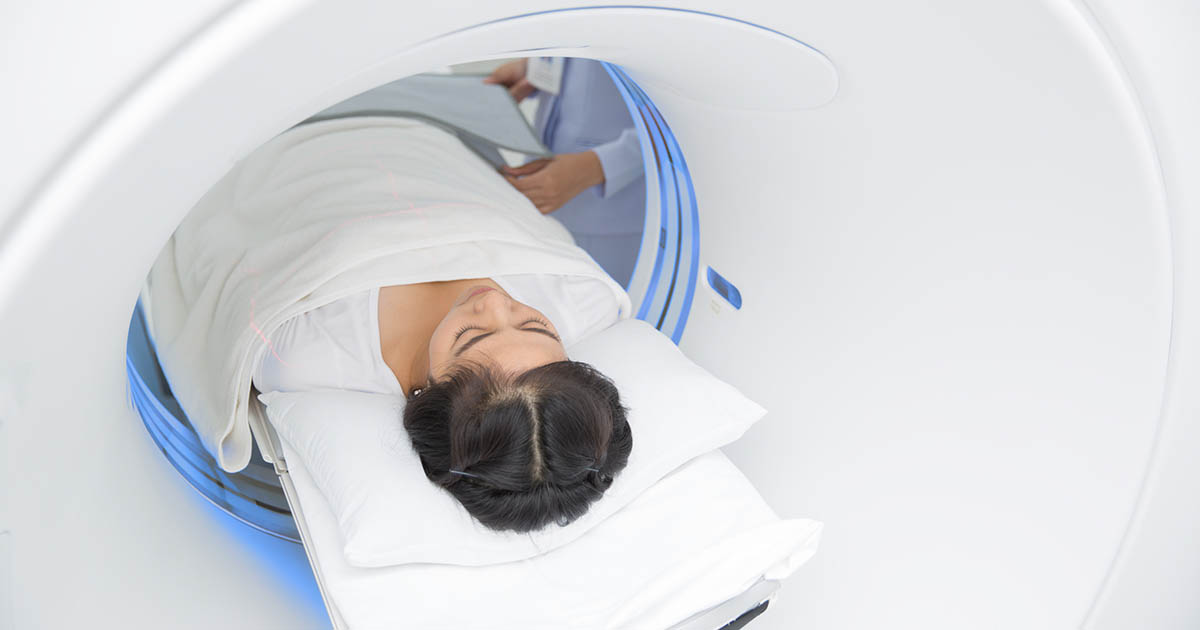Overview of Computerized Tomography (CT) Scans
A computerized tomography (CT) scan is a diagnostic imaging technique used to produce detailed pictures of the bones, organs, and other tissues. It can be performed on any part of the body and does not cause pain or discomfort. Computerized tomography scans provide more detailed pictures of the structures inside a patient's body than a standard x-ray.
Many patients will need at least one imaging scan in their lifetime, and it is often a computerized tomography scan. These scans are quite important when it comes to diagnosing medical conditions. One of these conditions is cancer, and the scans can help inform the extent of the patient’s cancer so that doctors can recommend the most effective cancer treatment plan. This often includes chemotherapy and surgery for cancer. Of course, patients must understand how a computerized tomography scan works first.
How The Scan Works

Computerized tomography scans make two-dimensional pictures of a section of a patient's body. This scan sends numerous narrow beams of radiation through a patient's body in an arc shape. This allows for a collection of x-rays of the body to be taken from different angles. The x-ray apparatus inside a computerized tomography scanner can see hundreds of degrees of tissue density. This provides it with the ability to form details specific to certain tissues within an organ. The cross-sectional x-rays are compiled and built into a two or three-dimensional representation of the body, which is then projected onto a monitor.
Computerized tomography scans have improved significantly since their debut in the 1970s. The scanners can be found in outpatient facilities as well as hospitals. A computerized tomography scan can help clarify an abnormality in a patient's body that another test, such as an ultrasound or an x-ray, has picked up.
Learn more about when computerized tomography scans are used next.
When CT Scans Are Used

Computerized tomography scans are used to create images of organs and structures inside a patient's body. The most common include the pelvis, soft tissues, brain, lungs, bones, abdomen, and blood vessels. These scans are highly preferred to make a clinical diagnosis of several types of cancers, such as lung cancer, liver cancer, and pancreatic cancer. A computerized tomography scan can tell a doctor the exact size of a tumor, where it is located concerning other structures, and the extent to which it has affected neighboring tissues.
This type of scan can also tell a doctor if a patient has any bleeding, tumors, or swollen arteries in their brain. These scans can be useful when evaluating the condition of a patient's bones, identifying signs of bone disease, state of their spine, and changes in bone density. In some cases, computed tomography scans can guide a doctor when they need to do a biopsy or take a tissue sample.
Discover how to prepare for a computerized tomography scan next.
